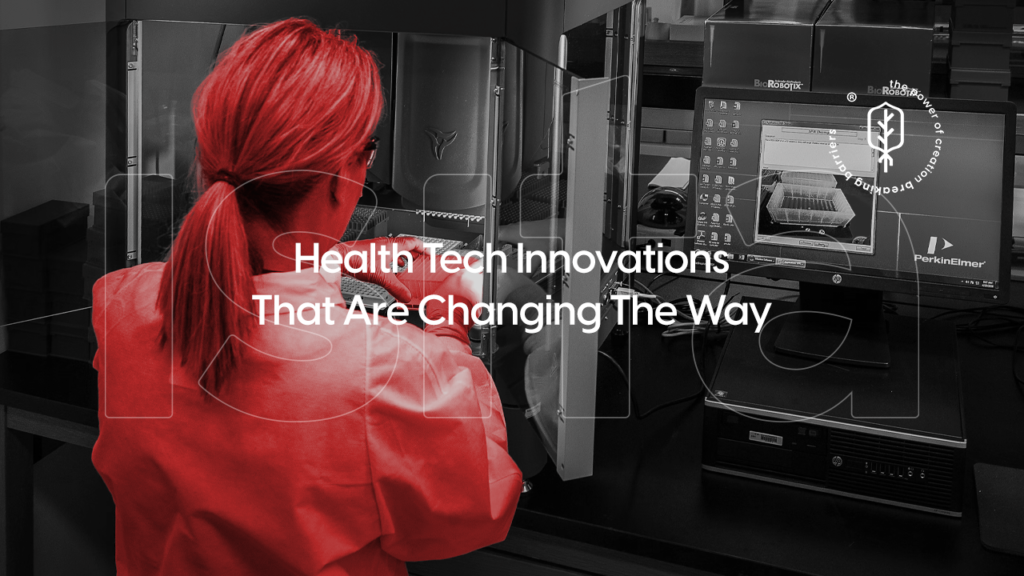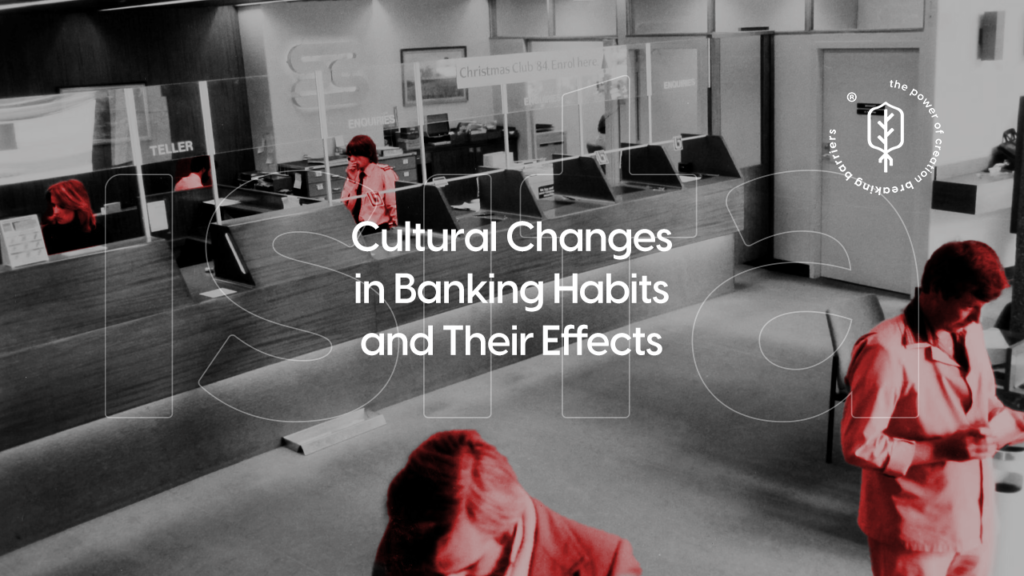The rapid advancement of technology, digital transformation, and the adoption of emerging technologies such as artificial intelligence (AI), cloud computing, and cybersecurity have significantly increased the demand for specialized tech talent. However, this evolution has also widened the gap between supply and demand for qualified professionals, especially in North America.
By 2025, this talent gap is expected to reach 1.2 million tech specialists, according to a Korn Ferry study. This shortage presents major challenges for companies striving to stay competitive and innovative in a global market. In response, Mexico has positioned itself as a key strategic partner for the U.S., not only due to geographical proximity but also because of the growing number of STEM (science, technology, engineering, and mathematics) graduates.
According to the World Bank, 40% of Mexican university graduates come from STEM disciplines, making the country a relevant source of tech talent. Furthermore, Marcelo Ebrard, former Mexican Secretary of Foreign Affairs, promoted bilateral collaboration between Mexico and the U.S. in digital training, strengthening opportunities for Mexican talent to join international tech projects.
This article explores the key challenges and opportunities that will define tech talent hiring in 2025, along with strategies companies can implement to attract, develop, and retain the best professionals.
Challenges in Tech Talent Hiring
1. Skills Gap
The rapid growth of AI, cybersecurity, data analytics, and software development has led to technical skills evolving faster than educational programs. Many universities struggle to update their curricula in line with emerging technologies, resulting in graduates who are not fully prepared for today’s job market.
As a result, companies must find professionals who not only possess advanced technical skills but also demonstrate adaptability, critical thinking, and problem-solving abilities.
2. Global Competition for Talent
The rise of remote work following the pandemic has made it easier for U.S. and European companies to access tech talent from anywhere in the world, increasing competition for the best candidates. As a result, tech professionals can now choose higher-paying job opportunities in international markets, making it harder for local companies to retain talent.
3. Talent Retention
Even after hiring top talent, retaining them presents another major challenge. A McKinsey report reveals that 40% of tech professionals consider changing jobs in pursuit of better benefits and career growth opportunities.
Lack of career development programs, limited access to continuous training, and poor work-life balance are key factors driving high turnover rates in the tech industry.
4. Skills Assessment
Properly evaluating candidates remains a complex process. Resumes often fail to accurately reflect candidates’ abilities, and traditional interviews are not always enough to assess both technical skills and behavioral competencies.
As a result, companies are increasingly relying on behavioral assessments and technical testing tools to make better hiring decisions.
Opportunities for Mexico in the Tech Ecosystem
1. Growing STEM Workforce
Mexico is in a strong position to meet the increasing demand for tech talent. As the World Bank notes, 40% of Mexican university graduates come from STEM disciplines, creating a pipeline of young professionals ready to enter the global tech market.
Additionally, tech hubs in Guadalajara, Monterrey, and Mexico City have fostered innovation ecosystems, supporting industry growth.
2. Geographic Proximity and Time Zone Compatibility
Mexico’s proximity to the U.S. and aligned time zones make it an ideal destination for tech talent hiring. This facilitates real-time collaboration and efficient communication, advantages that Asian and Eastern European markets cannot always provide.
3. Digital Training and Certification Programs
Under Marcelo Ebrard’s leadership, bilateral digital training initiatives between Mexican universities and U.S. tech companies have helped prepare students for in-demand tech roles, including software development, data analytics, and cybersecurity.
Moreover, professional certifications in AWS, Microsoft, and Google Cloud are becoming increasingly popular among Mexican tech professionals, further enhancing their global employability.
4. Growth of Remote and Hybrid Work Models
The acceptance of remote work has allowed tech professionals in Mexico to collaborate with U.S. companies without the need for relocation. This trend reduces costs for employers while expanding job opportunities for Mexican developers and engineers.
Strategies for Attracting and Retaining Tech Talent in 2025
1. Implement Behavioral and Technical Assessments
Hiring the right talent should go beyond just technical skills. Companies need to assess behavioral profiles to ensure candidates align with their organizational culture and possess essential soft skills like leadership, resilience, and teamwork.
Tools such as PDA Assessment provide in-depth behavioral insights, helping companies make data-driven hiring decisions and build stronger teams.
2. Offer Career Development Programs
Tech professionals value career growth opportunities. Companies should provide ongoing training, access to certifications, and clear career progression paths to encourage long-term employee retention.
3. Promote Workplace Flexibility and Employee Well-Being
Offering hybrid work models, flexible schedules, and work-life balance initiatives can significantly improve talent retention. Companies that prioritize employee well-being typically experience lower turnover rates.
4. Foster Diversity and Inclusion
Diverse teams deliver better results. Companies should invest in initiatives that promote gender diversity, inclusion of Indigenous professionals, and hiring individuals with disabilities, strengthening team engagement and innovation.
5. Build Partnerships with Universities
Collaborating with educational institutions helps companies identify emerging talent while shaping academic programs to meet industry needs.
The year 2025 will be a turning point for tech talent hiring in North America. The growing shortage of IT professionals presents both a challenge and an opportunity for Mexico, which is emerging as a key strategic partner thanks to its expanding STEM workforce and geographic proximity to the U.S..
Companies that adopt behavioral assessment tools, prioritize career development, and embrace workplace flexibility will be better positioned to attract and retain top tech talent.
Solutions like PDA Assessment serve as valuable allies, enabling organizations to make data-driven decisions regarding talent acquisition and workforce management, ensuring long-term success in the evolving tech industry.



